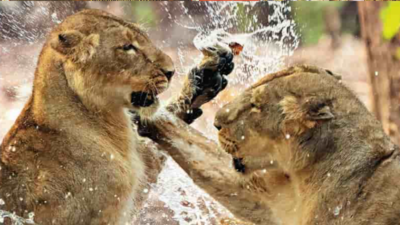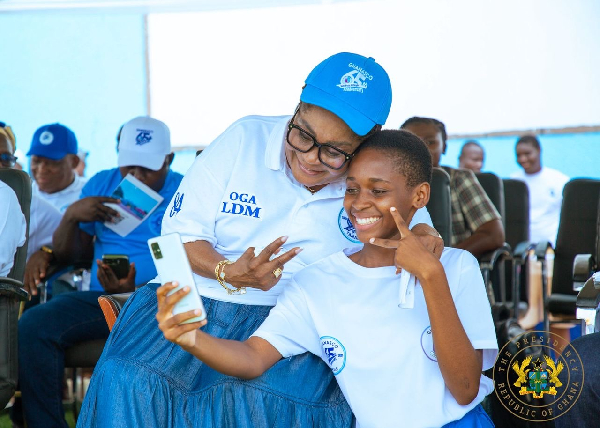Mission Impossible: The untold lion census story | Ahmedabad News - Times of India

Gujarat just completed the ultimate game of hide-and-seek with the jungle royals across 35,000 square kilometres, counting 891 of them in 358 locations. The census exercise gave us the estimated population of the world’s last remaining Asiatic lions through methodical planning and technological precision.
But here’s what made it so complex — not only did teams have to locate lions across vast wilderness, they had to guarantee no lion was counted twice.The forest department’s lion census tradition dates back to 1963. The earliest counts were conducted using the pug mark method developed by K S ‘Bapa’ Dharmakumarsinhji, a Bhavnagar royal and wildlife photographer whose ‘Field Guide to big game census in India’ was published in 1959.
From 1968 to 1995, six census rounds employed live baiting, until animal welfare concerns prompted a shift in 2000. The current direct beat verification (DBV) approach, also called block count, has proven to be scientifically sound and practically effective. This method divides survey areas into manageable units — forest beats within protected areas and clusters of 3-10 villages elsewhere. By counting lions in these smaller blocks, officials achieve more accurate estimates while making the task logistically feasible with less manpower, time, and cost.
Its adaptable framework easily incorporates new technologies as they emerge. The census combined minimal total count with DBV, approaches that the department considers robust and practical. Forest staff’s familiarity with lion populations through daily patrols ensured accurate identification and eliminated duplication. Independent observers including wildlife experts, state board members and NGO representatives joined to ensure transparency.The operation featured three specialized control centres, one each for data analysis, data compilation and field team monitoring. Safety measures were comprehensive — 16 doctors from Saurashtra joined the teams, ready to provide emergency aid. Teams carried wireless walkie-talkies, binoculars, GPS instruments, digital cameras, maps and data sheets — turning the exercise into a precise operation while maintaining the irreplaceable element of experienced observation.











